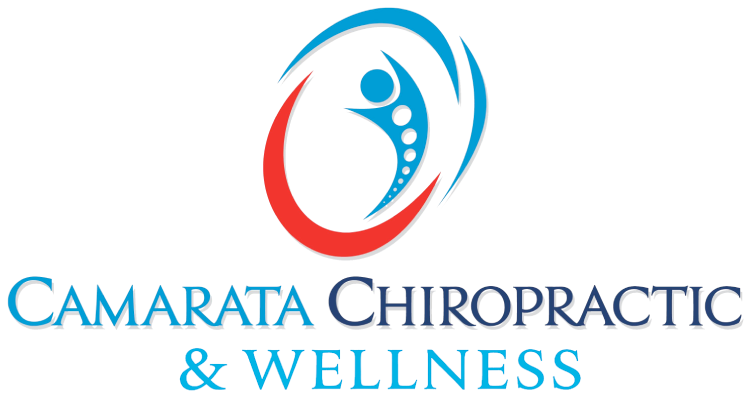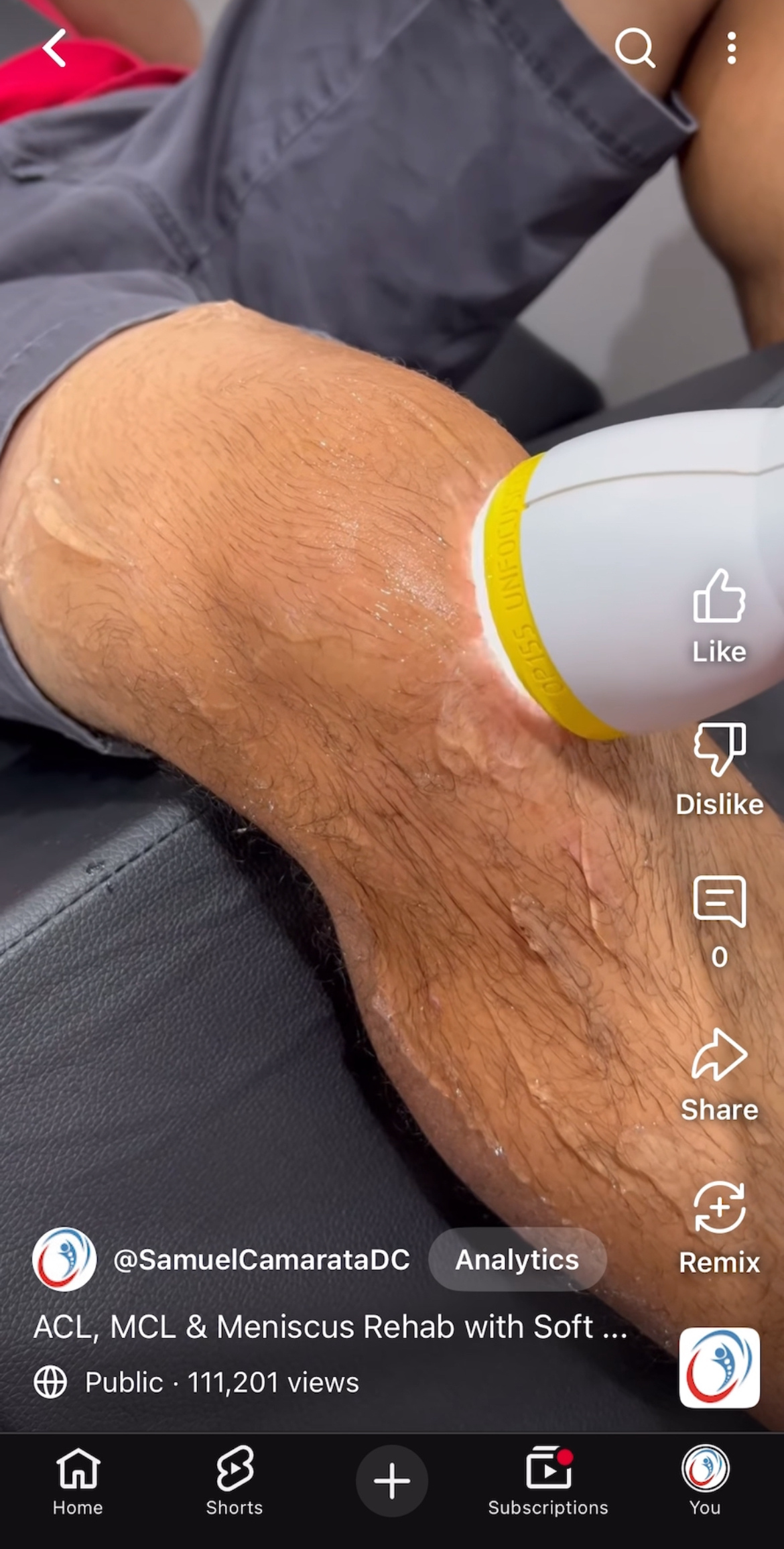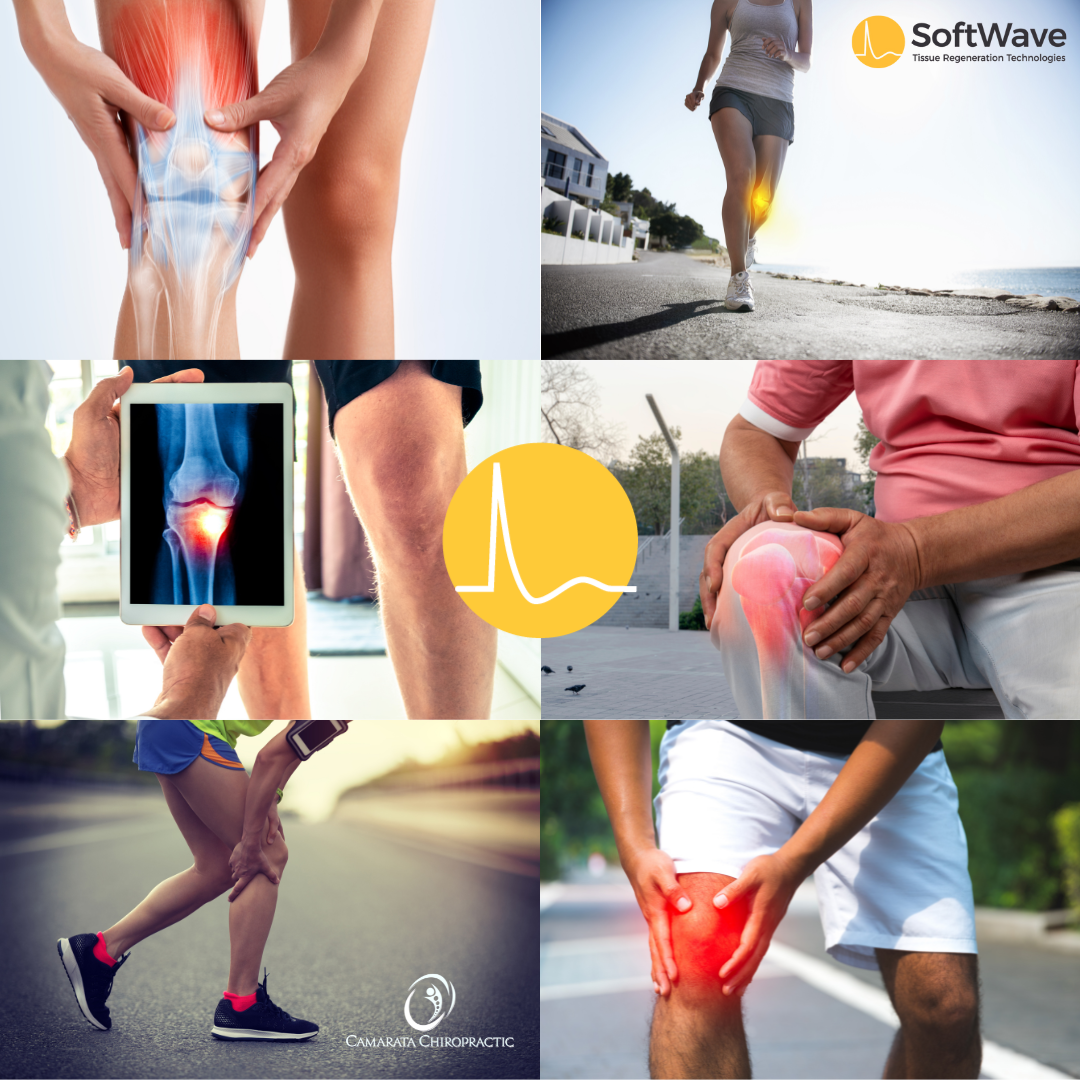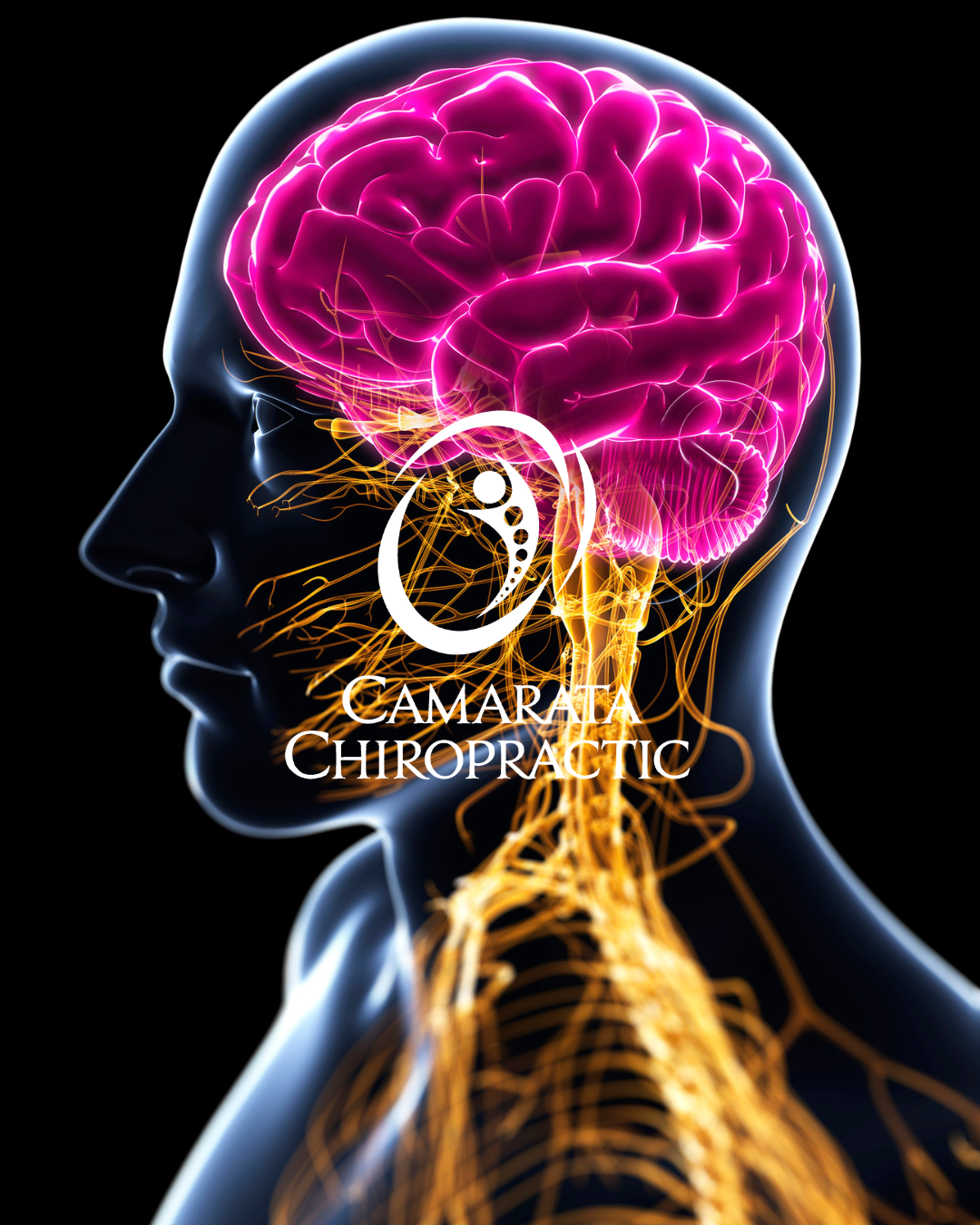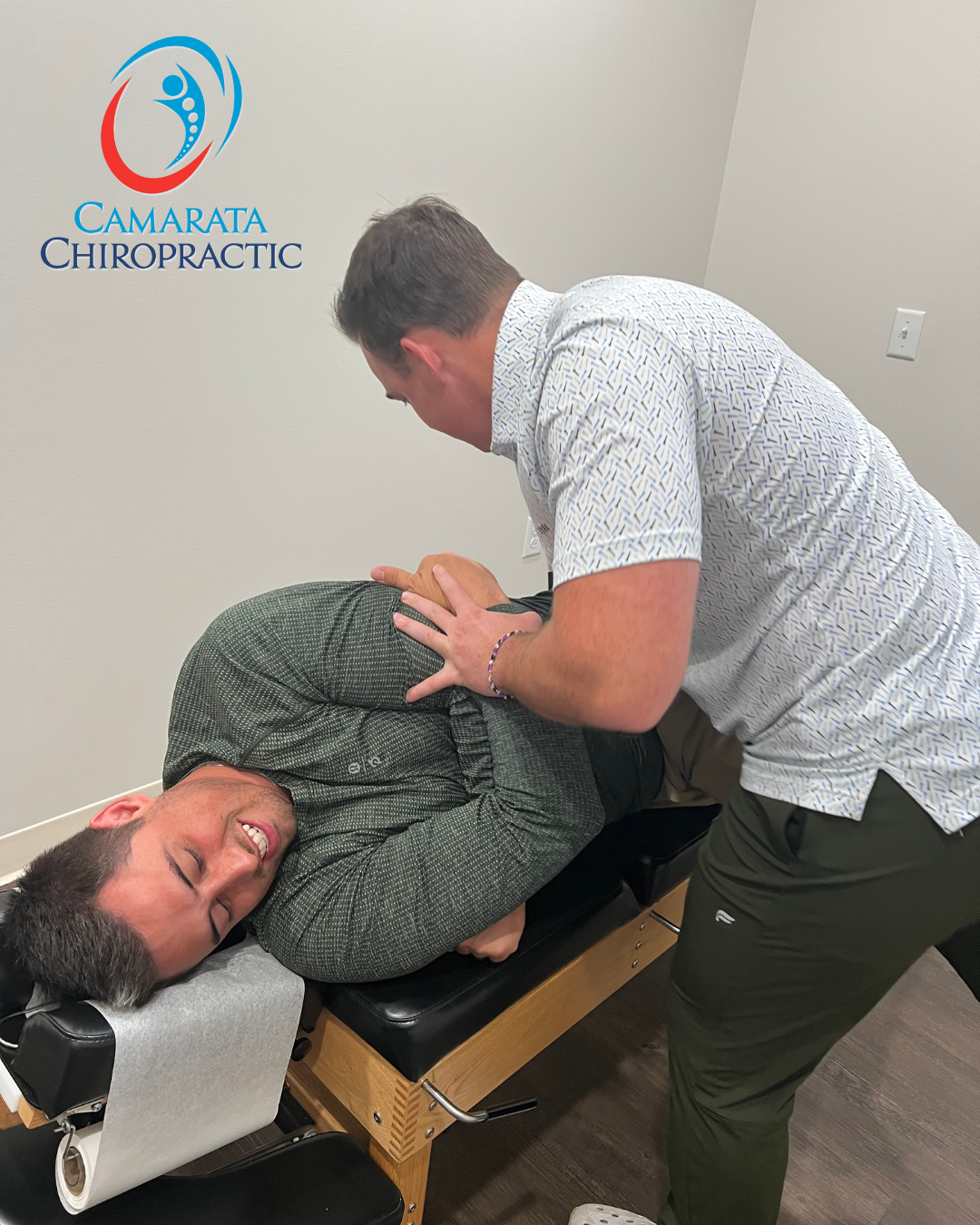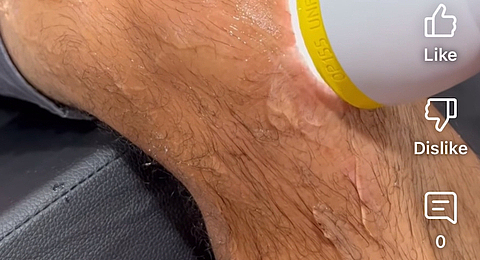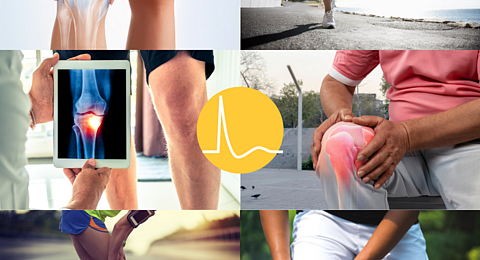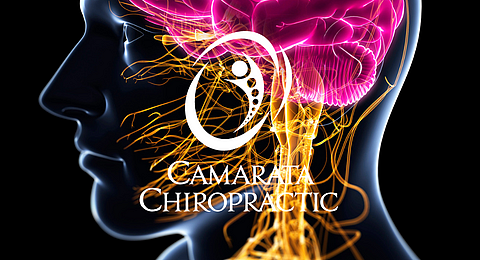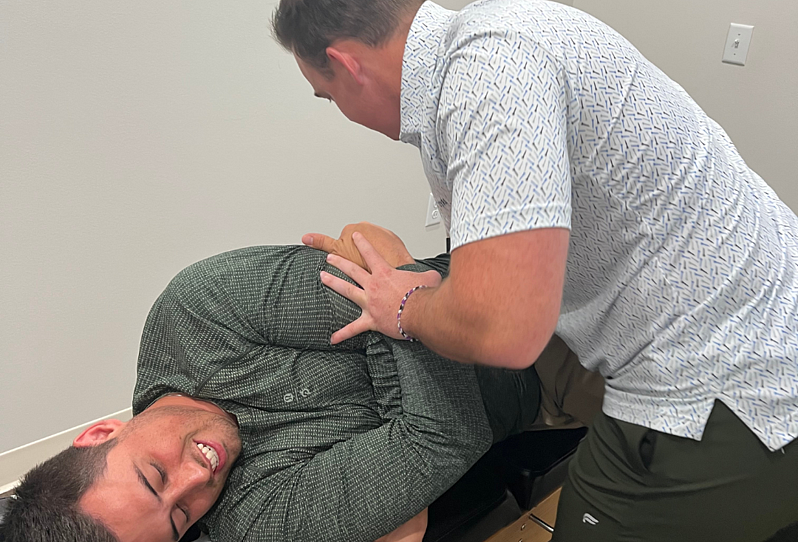Blog
Foot Pain? We Treat Feet!
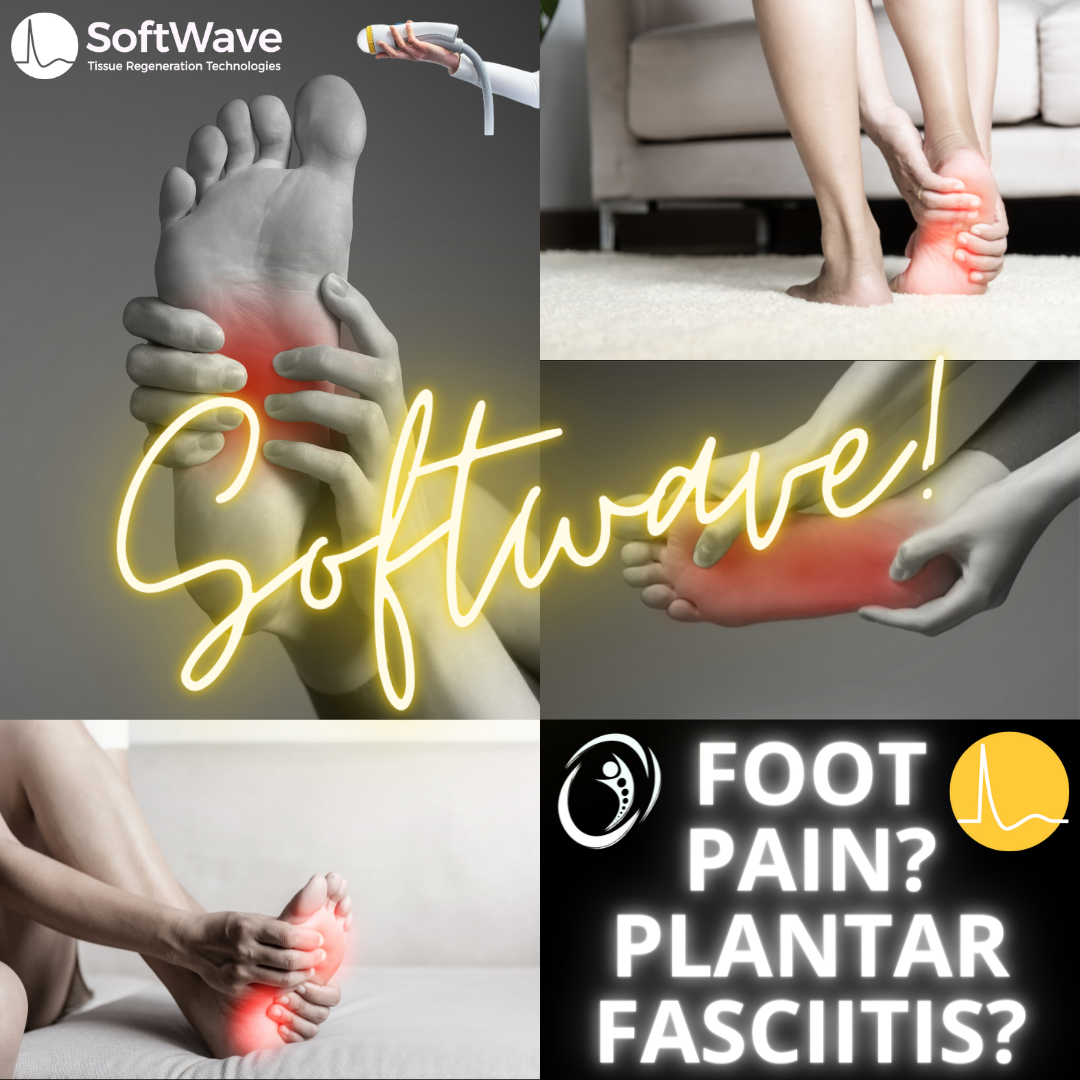
Foot Pain? We treat feet!
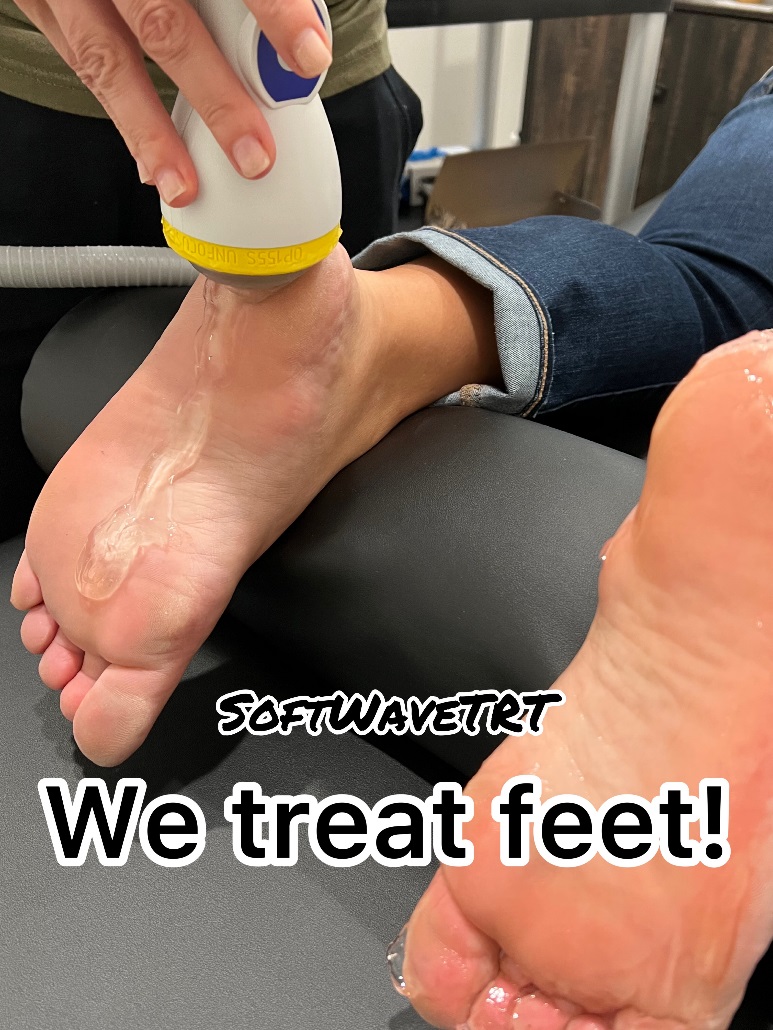
Plantar Fasciitis! Morton’s Neuroma! Peripheral Neuropathy! Arthritis! Heel Spur Pain! Achilles tendon! Ankle Pain! Sports injuries! Tight calves! Sprains, Strains & More!
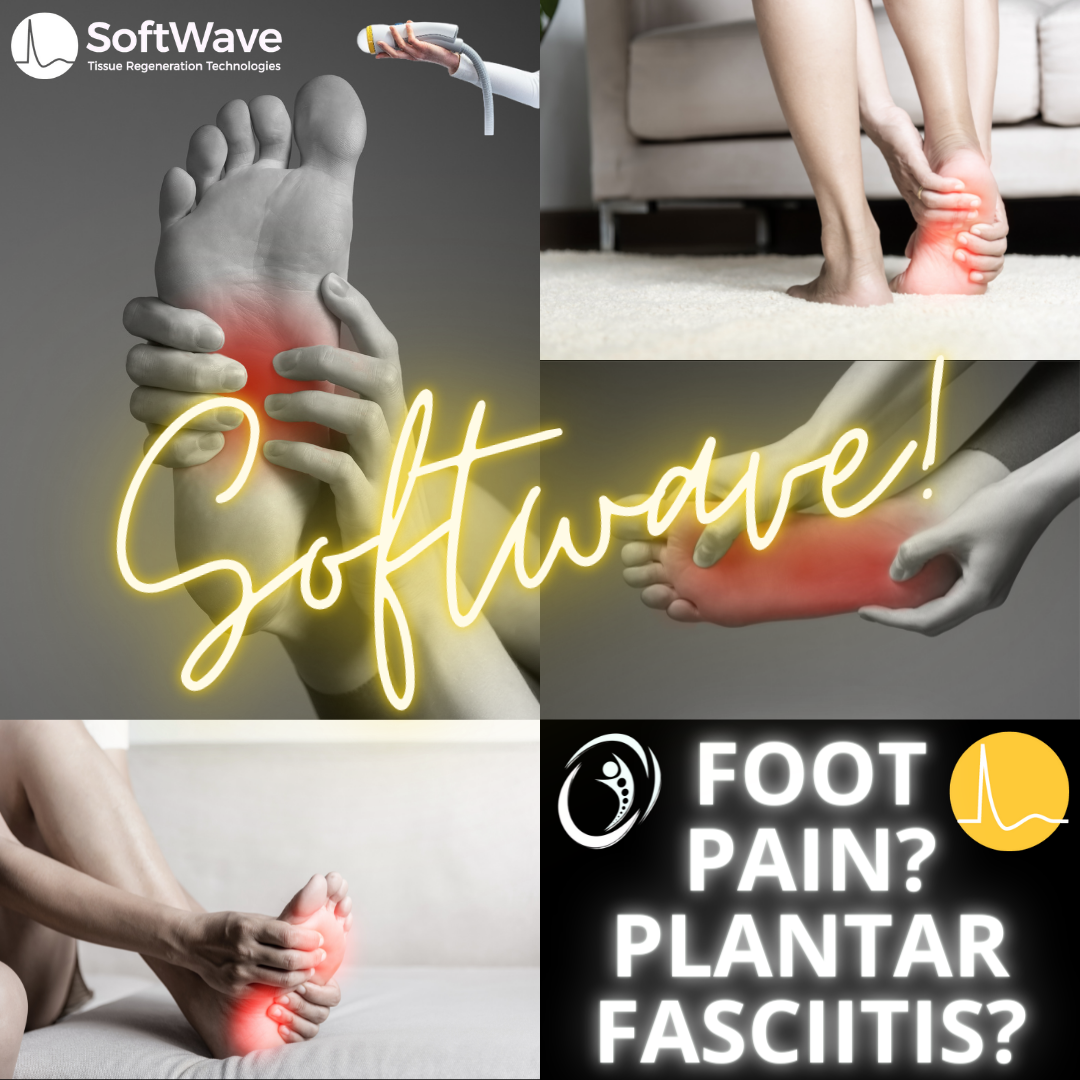
The foot is one of the most complex parts of the body. Each foot is made up of 26 bones connected by many joints, tendons, ligaments, muscles, nerves, blood vessels and fascia.
“Injury, overuse or conditions causing inflammation involving any of the bones, ligaments or tendons in the foot can cause foot pain. Arthritis is a common cause of foot pain. Injury to the nerves of the feet may result in intense burning pain, numbness or tingling (peripheral neuropathy).” -Mayo Clinic
https://www.mayoclinic.org/symptoms/foot-pain/basics/causes
Biomechanics, movement screenings, gait analysis, posture analysis, alignment of spine, hips and pelvis are a few methods we utilize to evaluate structure and function. This will help us understand and identify causes of your foot pain and best ways to help you inside the office and outside the office for at home recommendations!
What are common causes of foot pain?
Plantar Fasciitis.
“Plantar fasciitis is characterized by severe pain in the heel of the foot, especially when standing up after resting. The condition is due to an overuse injury of the sole surface (plantar) of the foot and results in inflammation of the fascia, a tough, fibrous band of tissue that connects the heel bone to the base of the toes. Plantar fasciitis is an irritation of the plantar fascia. This thick band of connective tissue travels across the bottom of the foot between the toes and the heel. It supports the foot's natural arch. It stretches and becomes taut whenever the foot bears weight.” https://www.hopkinsmedicine.org/health/conditions-and-diseases/foot-pain-and-problems
How common is plantar fasciitis?
“Plantar fasciitis is extremely common. More than 2 million people in the U.S. are treated for it each year. Around 1 in 10 people will develop plantar fasciitis at some point throughout their life.” https://my.clevelandclinic.org/health/diseases/14709-plantar-fasciitis
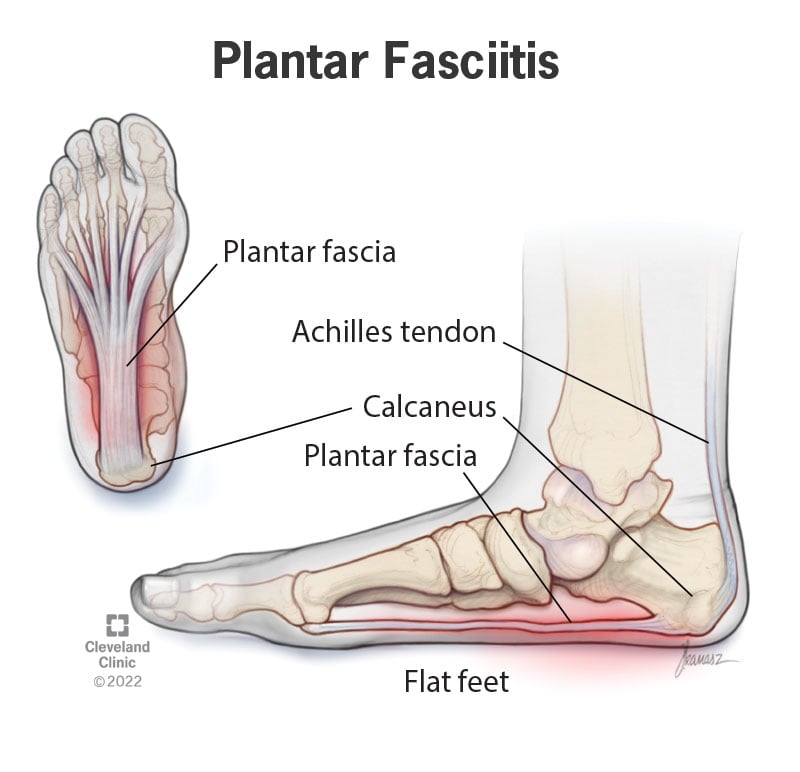
What are the symptoms of plantar fasciitis? https://my.clevelandclinic.org/health/diseases/14709-plantar-fasciitis
“The most common symptoms of plantar fasciitis include:
- Heel pain.
- Pain in the arch of your foot.
- Stiffness.
‹ Back
